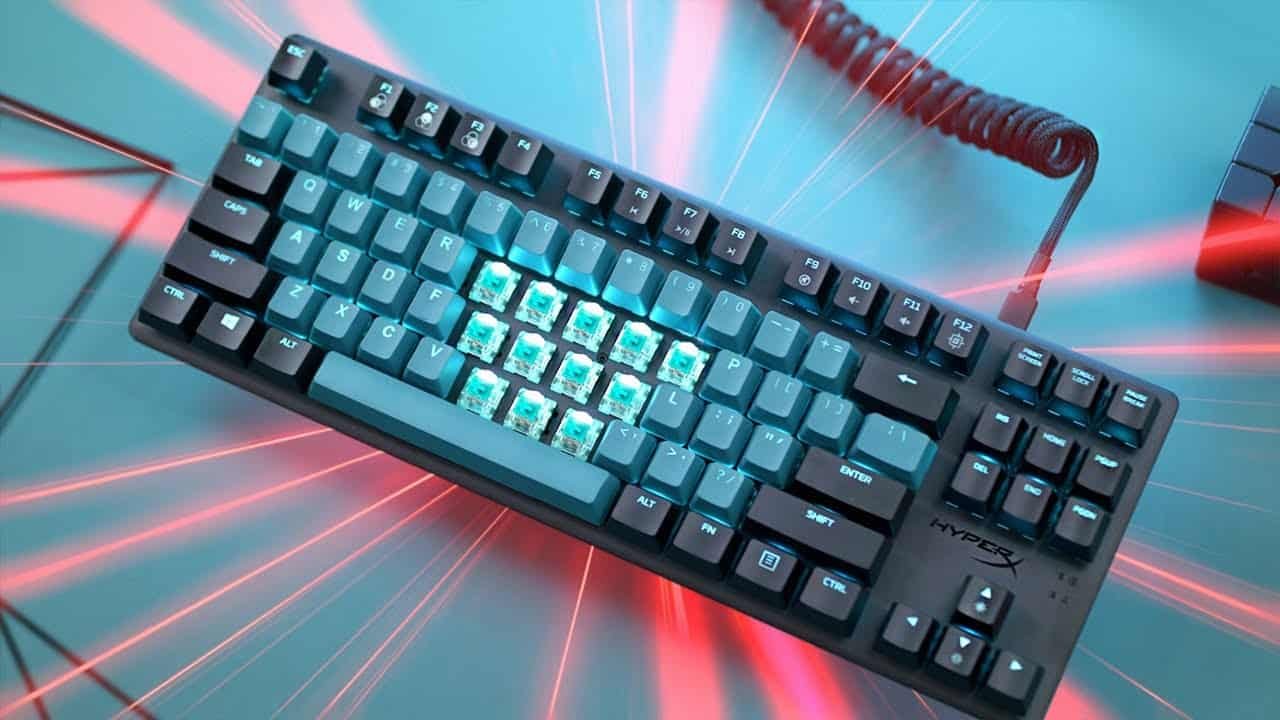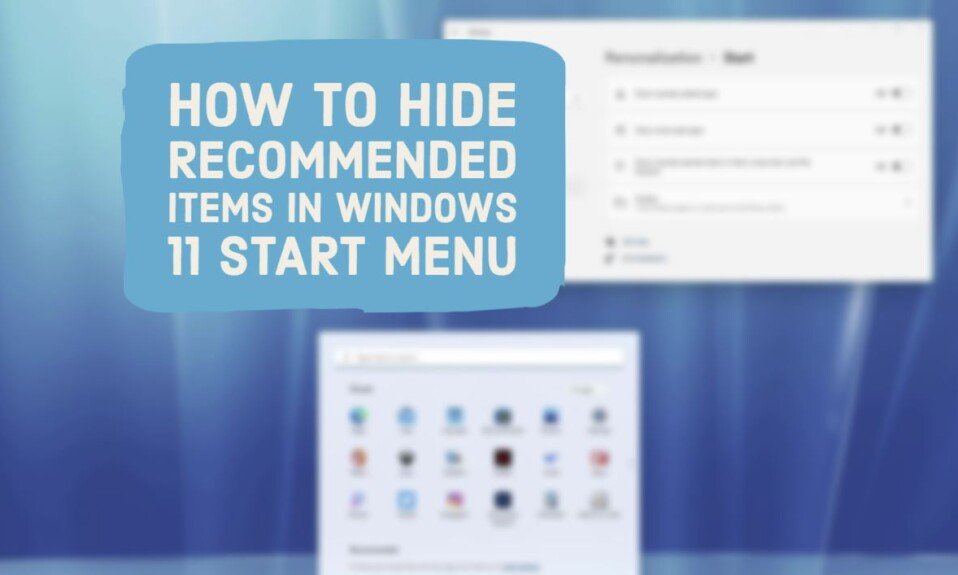The 100% keyboard
Full-size keyboards are typical computer keyboards. They have four different areas separated by spaces with a total of 105 keys in the ISO (European) format.

- On the left we have the area with the letters.
- In the middle the navigation area (arrows, page turn, etc.).
- On the right we have the numeric keyboard.
- At the top we have the function keys and the escape.
There are also keyboards that are larger than a normal Full Size because they have macro keys on the sides. Some even have screens …

1800-Compact
1800-Compact layout keyboards have the same number of keys as a full-size keyboard, but the layout is slightly more compact:
- The arrow keys, instead of being separated, are below the Enter key.
- The other navigation keys become above the numeric keypad.

TKL (Tenkeyless or 80%)
TKL keyboards are the second most popular keyboards. They are like full-size keyboards, but without the numeric keypad.
Explanation of the name Tenkeyless:
As we will see later, the numeric keyboard or numpad is known as Tenkey. In English, adding the suffix less indicates its absence. So Tenkeyless means no numeric keypad, literally.
The TKLs are very popular because even being smaller than the Full Size they have all the alphanumeric, navigation and function keys in their normal position, so the learning curve is minimal.
Its size is around 80% to 87% of the Full Size , which has some advantages:
- The first and most important is that they allow you to adopt a more ergonomic position in front of the keyboard.
- There is more space for the mouse.
- They are easier to store and transport.

75%
They are known as 75% keyboards those that have a certain key layout that allows them to obtain a size that varies between 70 and 75% of a full-size keyboard. Of course, they keep the top row complete with the function keys and the escape

60%
The 60% size keyboards, in addition to ditching the number pad and navigation keys, also lack the top row of function keys.

The functionalities of these missing keys can be accessed through the Fn key usually located at the bottom right of the keyboard. To activate the function of the F1 key we will have to press the Fn key + 1.
60% keyboards, while saving significant space and weight, have a considerable learning curve.
40%
40% keyboards are the smallest keyboards that are still relatively usable.
The 40% keyboards also dispense with the row dedicated to numbers, leaving only the letters and modifiers. The numbers must be accessed through the Fn key or with special keys.

Tenkey (numeric keyboard or number pad)
Dedicated numeric keyboards usually have 21 keys: the normal numeric keys plus the keys with special functions Escape, Tab, and so on.






